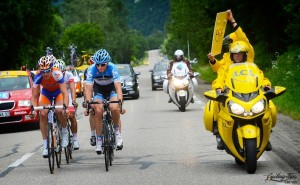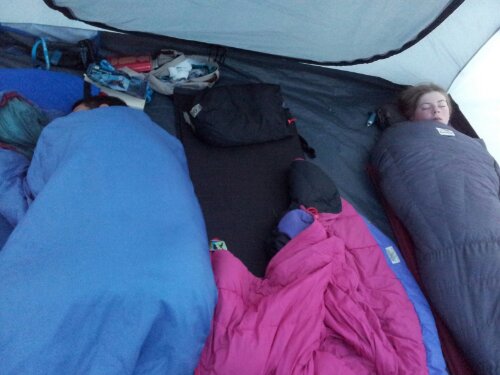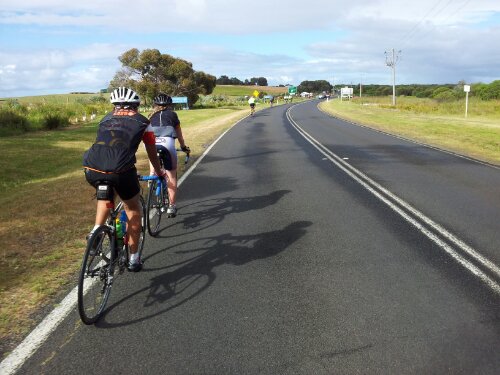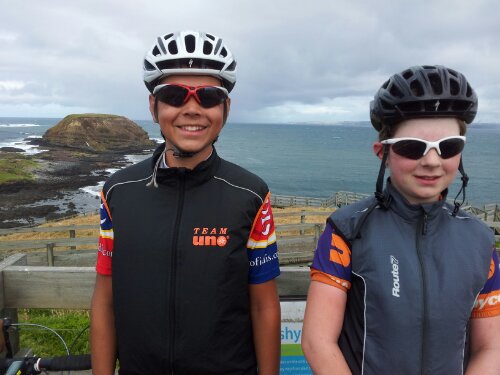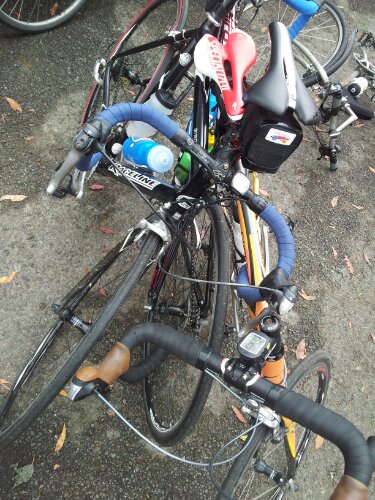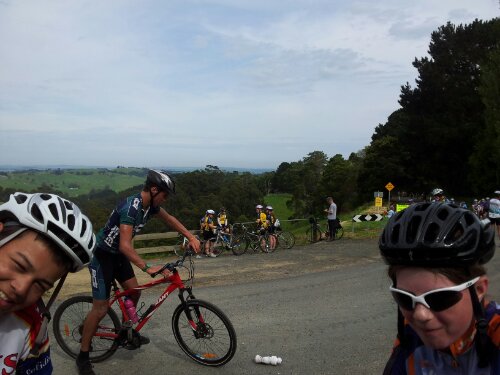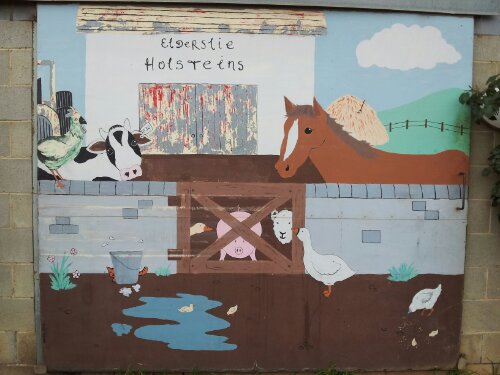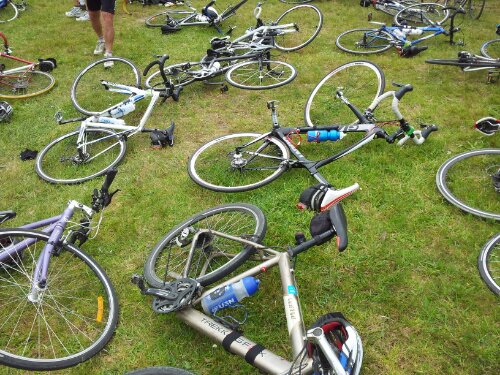OK, this is a bit odd – I’m reviewing a cycling computer.
I am not even close to knowing all the features of this device. So this is not an expert review, but a user’s view of the Garmin Edge 510 bike computer.
Purchase factors
Here are (some) of things I had in mind that led me to buying this unit, rather than others.
- I want a GPS computer
I was using my smartphone for GPS. I prefer to have battery power for making calls
- I want to measure cadence
Though far from being a serious racer, I join the occasional club race. Knowing about how I pedal and being able to practise spinning faster are quite useful. This also provides a way to add some interest on days when it’s hard to get out and exercise, though I know I should
- Bluetooth connection
I prefer to upload rides via phone, rather than have to get a live computer with USB cable. The 510 model has this, the 500 doesn’t
- Touch screen
This is another difference between 500 and 510. It’s much easier to use the screen than find fiddly buttons to scroll through viewing options and settings
- No need for full maps
The big brother Garmins (800 and 810) have full GPS mapping. I was not looking for full navigation
- No need for heart rate
This may sound odd, because the 510 bundle I bought has a heart rate monitor. I use it a little – but it was a reason I bought the computer
- Local sale
I wanted to see and play with a device before buying – and be able to ask for help locally if something went wrong. That is, I wanted a computer I could buy down the road, not just on the internet. I could have gone cheaper via internet, but I purchased at my LBS
Things I like
The computer was pretty easy to set up. This was the first time I’d set up a bike with a sensor magnet on the crank, but it was not as bad as I feared. And the whole unit has no need for wires.
The GPS works very quickly. Actually, the 510 can receive data from two satellite systems: American GPS, and Russian Glonass. (If you want to save power, it’s easy to switch to GPS-only. Or to no satellites at all, for using a stationary trainer.) I’ve been very happy with this part of the computer, knowing that phone GPS has sometimes left me waiting, waiting, waiting. I frequently find that GPS position is set even when the unit is inside my house or under the carport.
Uploading rides over-the-air, though not perfect, is usually pretty smooth.
The touch screen works well, once you adjust to it not being a phone. I’ve seen complaints about the screen being a pain, but all it needs is firm contact. This is great, because I can use the screen on winter’s coldest ride while wearing full-finger gloves. A smartphone-like screen would require bare skin. And frostbite.
I have made use of the capacity to programme the screens. You can display the data you’re interested in: speed, distance, cadence, heart rate, time, elapsed time, power, percentage of maximum heart rate, etc. It’s an easy task to alter what you see, and have a few set screens to use for different types of ride.
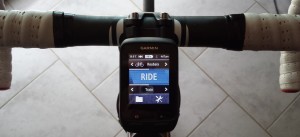
What I don’t use
The computer is much more than an instantaneous read-out. The menus tell me that I can store courses or make some kind of training plan. I haven’t.
The Garmin 510 can connect to a power meter, if you have one. I don’t.
Irritations
Bluetooth can be irritating, and was especially so early on. I could not get the phone and GPS unit to talk nicely. It bugged me enough that I went back to the shop for advice. They suggested Garmin support, who responded quickly. They tried to be helpful but the basic message of all my contact came down to this: ‘Bluetooth is weird.’ (That’s my summary.) Since then there have been a few firmware updates. These seem to have almost eliminated the Bluetooth problems. Sometimes still the two units sit next to each other, Bluetooth on, not connecting for minutes at a time. Running software version 2.80 (just this week) seems to have made this quirk more common.
( Edit: Bluetooth is worse for me with version 2.8. After a ride I often have to switch on Bluetooth, switch off the Garmin, wait, then switch Garmin on again before out will connect with the phone.)
The heart rate system is irritating, too. Though this was not a major feature I sought, it came with the package. So I’ve tried to use it. The sensor and computer unit connect easily enough. But the readings are inconsistent. Garmin’s instructions tell me to moisten the contact points on the sensor. I always do this, without going so far as soaking my body in cold water. Sometimes it works. Often I see readings impossible to believe.
This week, for instance, I went for a ride I called ‘A Tootle’. I was just rolling around, with no great efforts. But my HR, apparently, was frequently over 200bpm (see below). I don’t think my heart can do that!
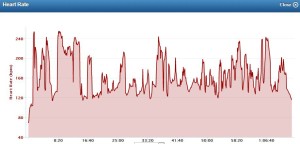
Sometimes the HR worked perfectly while assisting juniors but went haywire in the half-hour gap before senior racing (when the information might be useful). If you ever see me riding along and it appears I am adjusting some type of underwear at chest height, please be assured – it’s only the heart rate sensor! And it’s driving me crazy yet again.
Summary
This unit has been very good for my purposes. I’m glad I bought it, and it achieves what I want. There are many tech features I don’t tap in to, but those I use almost always deliver exactly as promised.
 Roads Were Not Built For Cars by Carlton Reid
Roads Were Not Built For Cars by Carlton Reid
